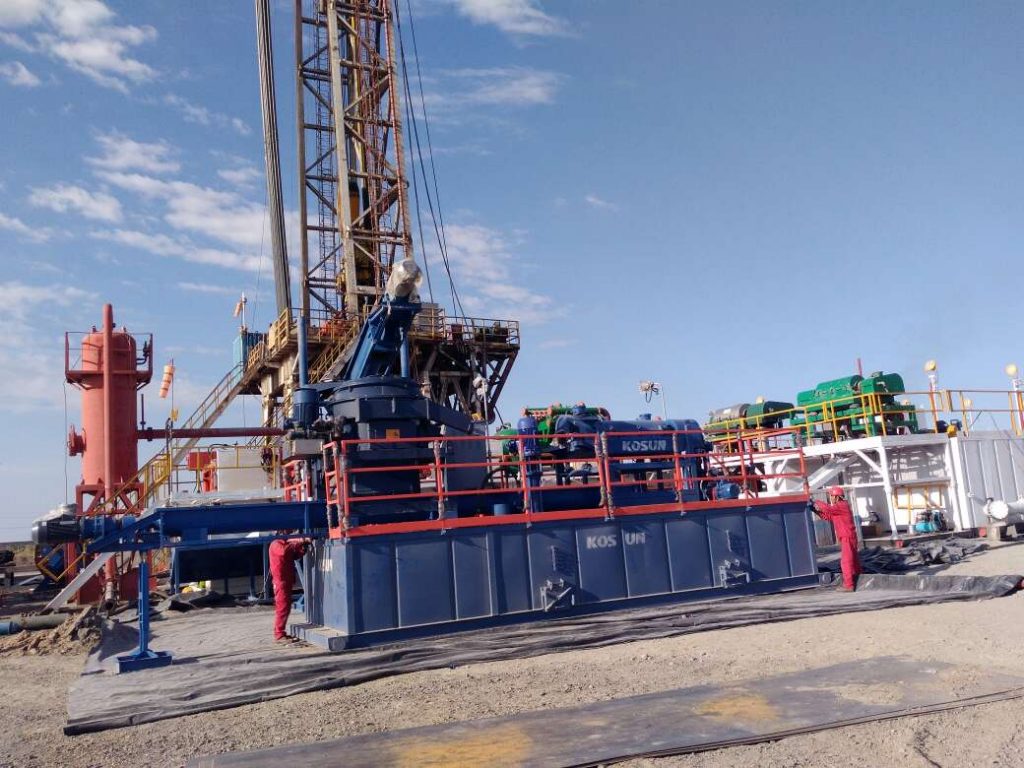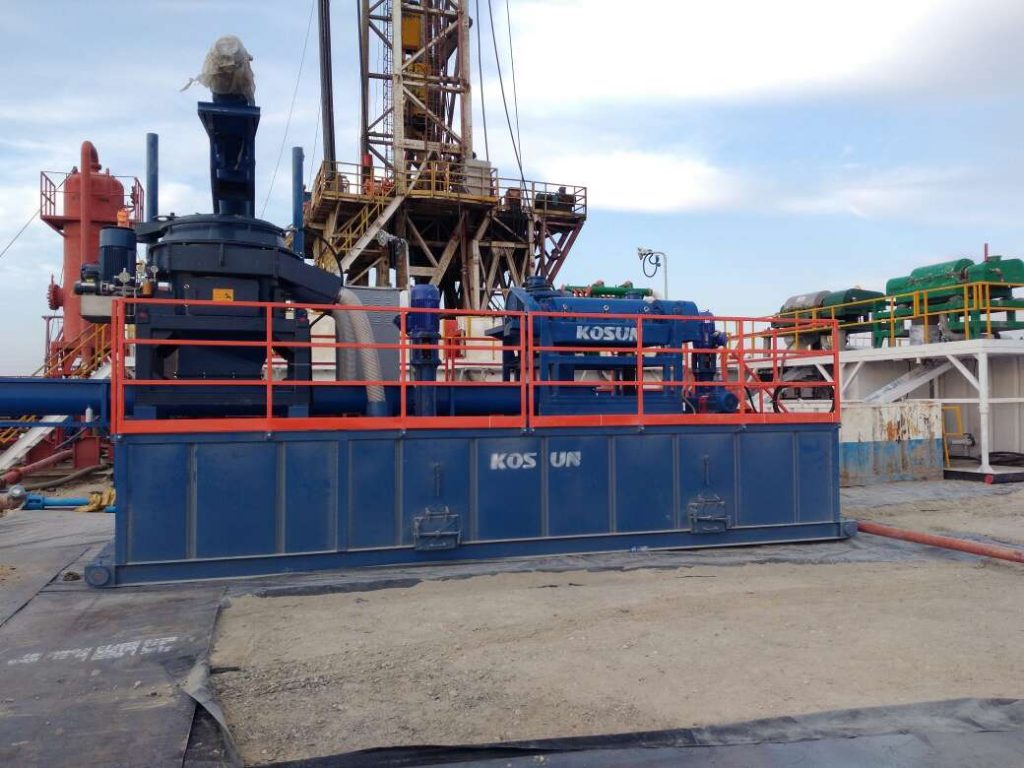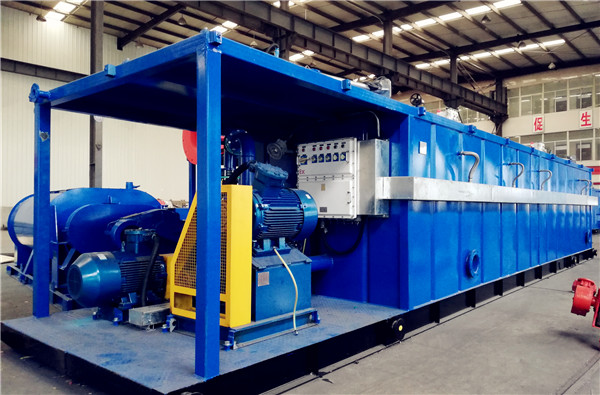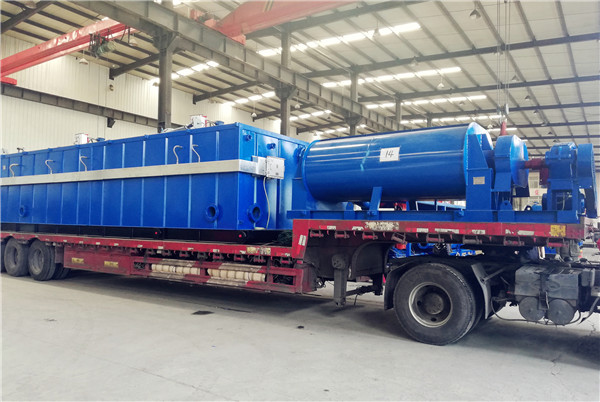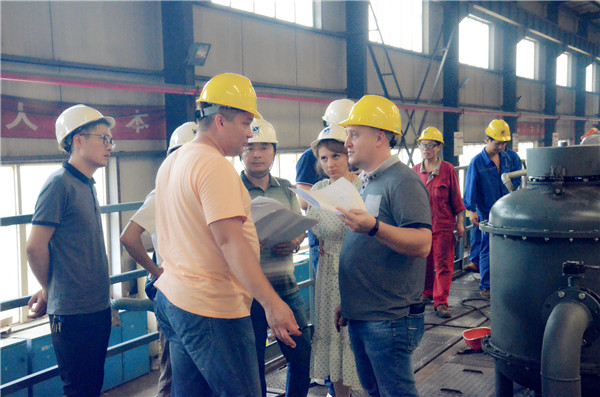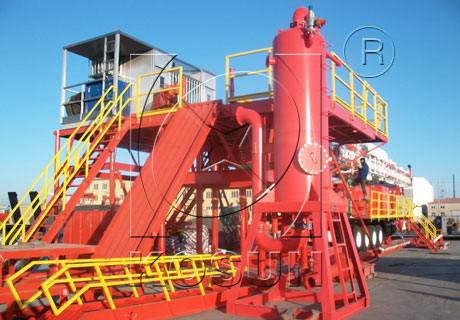Tailings refers to the waste slag discharged by mining enterprises after the completion of mineral processing, which is mostly discharged in the form of mud to form the tailings pond. The tailing pond covers a large area and has a great potential safety hazard. In addition, the water from the tailing rich in mineral dressing agents penetrates into the ground, causing great pollution to the environment and groundwater. Therefore, tailings processing is a major problem facing the mine producers.
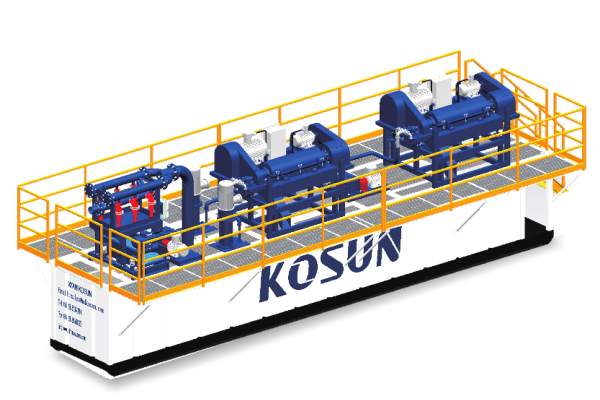
Tailings are the “wastes” discharged by mining enterprises under certain technical and economic conditions, but most of them contain various colored, black, rare, rare earth and non-metallic minerals, which are valuable secondary resources. When technical and economic conditions permit, it can be effectively developed again. Tailings are profitable. How to deal with them?
Xi ‘an KOSUN dry tailings flotation rows using flotation, centrifugal dehydration dry process, tailings after a buffer tank with slurry pump to high speed frequency conversion in the horizontal screw centrifuge, all returned after high-speed centrifuge separation of the liquid grinding, classification work with again, while the solid phase by belt transporting chance to the tailings for dry lamination stack so as to ensure the long-term safety of the tailings.

Flotation dry discharge of tailings is a new technology of tailings disposal, which is not only technically advanced and feasible, but also maximizes the economic benefits of mining enterprises. KOSUN’s tailings flotation dry discharge process equipment is mainly composed of grading cyclone group, coarse size tailings dry discharge high-frequency screen, efficient deep cone thickener, high pressure filter press and other equipment. It is mainly used for the dehydration treatment of tailings in concentrator to achieve the purpose of dry pile of tailings, so as to recover available resources and reduce environmental pollution.

